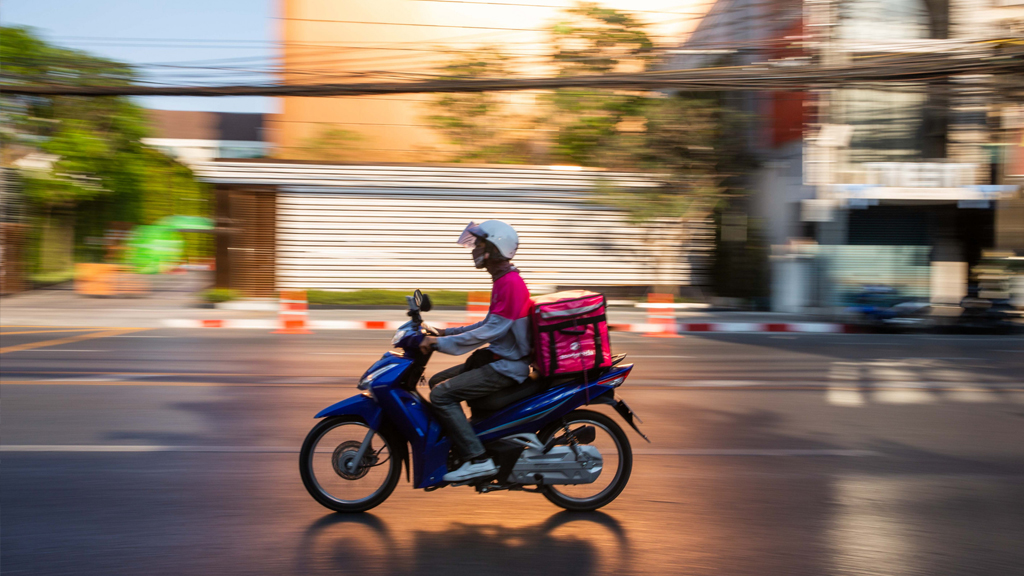Work Injury and Compensation in the Gig Economy
The Australian economy has undergone dramatic shifts in recent years. Yet the national system for workers’ compensation remains entrenched in the last century.
This leaves many on-demand workers exposed and unsupported when work injury strikes.
It’s up to employers to lay the right foundations for gig worker rehabilitation, helping them recover and return to work promptly post-injury.
What is the gig economy?
The gig or on-demand economy has grown substantially over the new millennium.
According to the Australian Rehabilitation Providers Association (ARPA), Australia has more than 3.6 million gig workers – the third highest number of part-time workers in the world. The on-demand economy contributes $200 billion to the national economy every year.
Gig workers are a broad mix of students, professionals and semi-retired people who don’t hold down conventional, regular or guaranteed employment. Instead, they supply their skills and labour as and when needed – everything from food delivery and home maintenance to an extensive range of trade and specialist services.
How are gig workers exposed?
Most of us enjoy the convenience of these ‘touch of a button’ services. However, those who provide them don’t enjoy the same level of work injury protection as conventional employees.
According to ARPA’s 2020 report – The Gig Economy: Workers Compensation and Return to Work – most gig workers have little or no access to federal workplace protection laws.
The report notes that more than half a million injured Australian workers stay outside the workforce for longer than necessary. Why? Our current ‘one size fits all’ workplace injury laws were designed to meet the needs of factory workers back in the 1900s – not agile, constantly mobile employees working in a range of commercial and domestic environments.
Delivery driver deaths: court challenge
A spate of four delivery driver deaths during the last quarter of 2020 has led to a landmark court challenge to current labour laws.
As Insurance Business Australia reports, Uber Eats delivery rider Dede Fredy died in a Sydney road accident on 29 September. Fredy’s widow has filed a workers’ compensation claim with state insurer icare, through the Transport Workers Union (TWU).
If successful, the claim could extend full worker compensation rights to delivery drivers who are currently either not covered, or eligible for less compensation than equivalent workers in the conventional economy.
How can employers step up?
According to ARPA, many employers are not equipped to help workers through the post-injury process. Stigma surrounding workplace injury is also causing isolation and psychological stress.
A Monash University study shows that workers with supportive employers have a five times greater chance of returning to work than those with ‘neutral or negative’ employer experience. Help your injured employees by:
- Building an inclusive workplace culture.
- Communicating clearly and positively with injured employees.
- Working out comprehensive ‘return to work’ plans.
- Tailoring post-injury work duties to suit capacity.
An expert in workplace rehabilitation management can also help you craft tailored solutions to boost worker recovery and business productivity. Call us to find out how.



